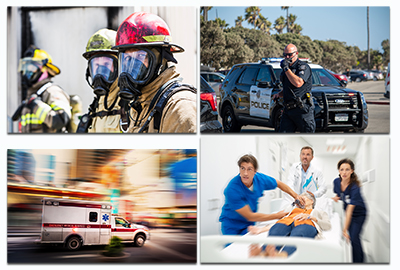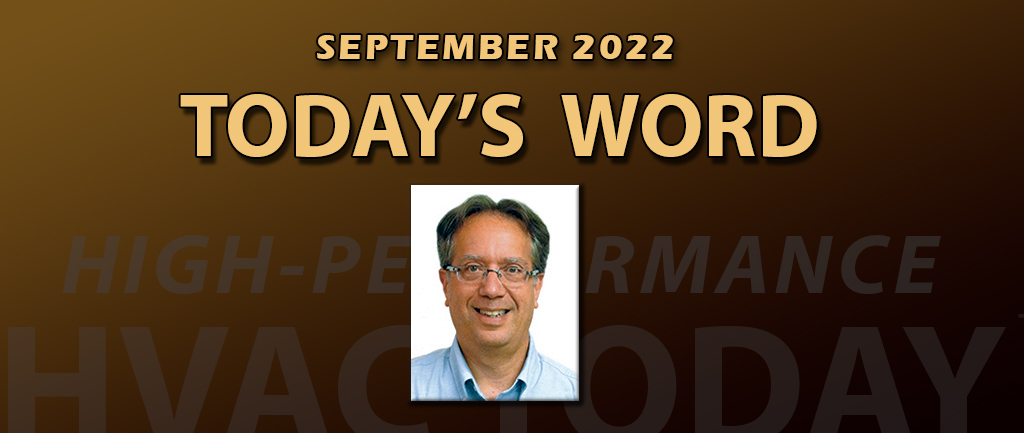The theme of this issue focuses on carbon monoxide (CO) safety. With Fall soon upon us, dropping temperatures outside mean furnaces and boilers are heating up inside, putting homeowners and first responders at a higher risk for CO poisoning.
According to the U.S. Centers for Disease Control and Prevention (CDC), there are more than 50,000 people in the U.S. hospitalized each year for CO poisoning, and at least 430 people die from it. Yet many first responders (fire departments, Emergency Medical Services, and police) often mistake CO poisoning for the flu or food poisoning or other ailments with similar symptoms.
Though the training of emergency responders is not the responsibility of the HVAC Industry, as members of your communities, it is in the best interest of your customers and your team to reach out to local fire departments, EMS personnel, and police to talk about the importance of CO safety.

combustion and CO safety could be instrumental
in helping first responders deal with
carbon monoxide cases.
Setting The Example
Many High-Performance HVAC contractors already have procedures for when their techs enter a home. Many technicians carry personal low-level CO monitors and include combustion testing as part of their maintenance/service process.
Last October, National Comfort Institute’s David Richardson wrote an article about what the HVAC Industry could learn from the Texas CO crisis of that year. In that article, he discussed why it’s so important for you to promote CO Safety and education to your customers.
What about promoting your expertise to your local first responders as well? Developing a relationship with them can help your community while at the same time promote the high-performance approach to HVAC.
While there are plenty of first responder training programs on how to deal with CO, not every local fire department, EMS team, and police department is fully trained and up-to-speed on what to do in emergencies. In those cases, you could be the expert they need to come in and help find the cause of the issue and resolve it.
You could even work with first responders on which low-level personal CO monitors to use, why certain low-level monitors for customers are better than store-bought CO detectors, and what the monitor readings mean.
CDC Recommendations
Below are recommendations from the CDC on what first responders should do during a CO Emergency. Many trained and certified HVAC contractors already do many of these things:
Interview the Occupants: Talk to the occupants and look for symptoms of CO exposure. Ask about possible sources of combustion.
Measure for Carbon Monoxide: We have entire articles on this subject. Here is a recent one from Jim Davis: ncilink.com/COGuess.
Inspect Venting Systems: Check all chimneys and all other appliance venting systems for leaks, cracks, holes, and blockages.
Check Carbon Monoxide Alarm Location and Serviceability: Again, this is geared to first responders.
Several steps may be beyond a first responder’s capability and training. This is where you, the trained and certified high-performance HVAC contractor, can help. Imagine how many lives can be saved and injuries avoided by working together.
You can help bridge the communication gap between the public and our industry when you look out for your customer’s best interests by working with first responders.
The CDC says, “Treat every carbon monoxide call like your life depends on it – because it does.”
With the Fall CO season coming, does it make sense to reach out to your local first responders? You might sleep better if you do.













Recent Comments